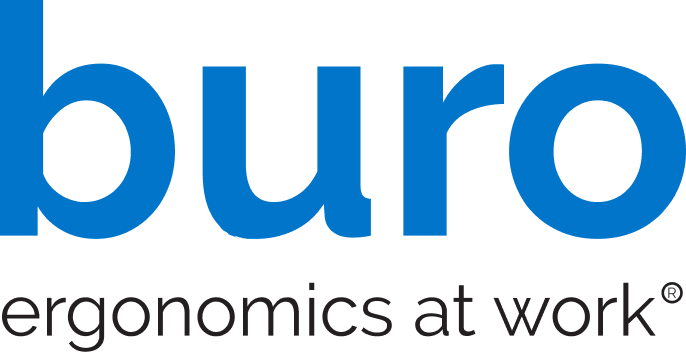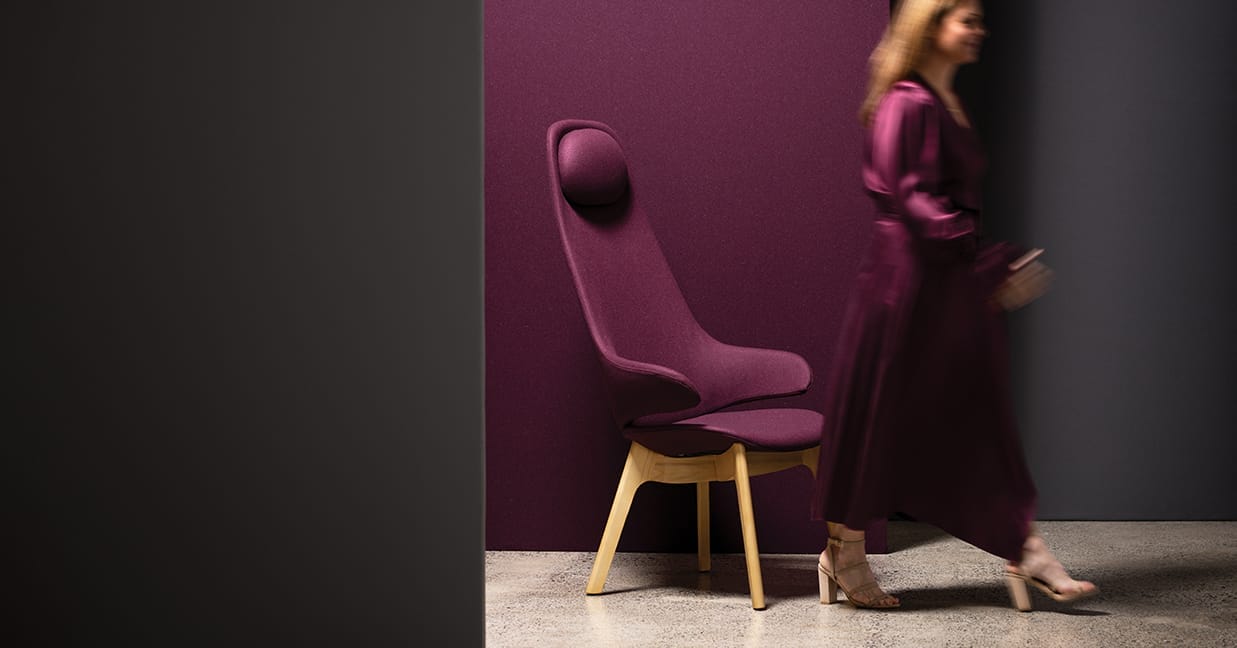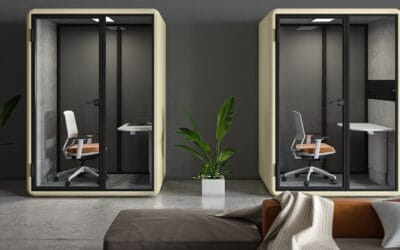Every office worker loves a lunch break and the chance to step away from their desk for some well-earned rest. But have you ever considered taking microbreaks at work?
Most people take an hour at lunch or 30 minutes in the afternoon to let off some steam, but the microbreak is a new concept that has both physical and mental benefits.
In this article, we’ll explain microbreaks, the benefits of taking them, and how they support physical health and ergonomics.
What are microbreaks?
Unlike a traditional break, microbreaks last between one and three minutes, just enough time to get out of your chair, have a stretch, and walk about.
Microbreaks are taken in addition to your regular breaks, so you won’t lose out on your lunchtime trip to get some food or your afternoon outing to grab a coffee.
These mini rest breaks can be taken every 20 to 30 minutes in a typical eight-hour working day. They’re designed to keep our musculoskeletal system active through more regular movement.

Our article, Great desk exercises for workplace wellness demonstrates many stretches that can be done from your office chair.
What are the benefits?
Recent research found that scheduled microbreaks result in “decreased musculoskeletal pain” while demonstrating improvements in “work quality, efficiency, and productivity”.
Further studies show that dynamic breaks (where you are on the move) are much more effective than passive breaks (where time is spent sitting down).
Microbreaks are good for your health as they reduce the amount of time you spend in your seat. Sitting time has been linked to an increased risk of diabetes and cardiovascular disease.
Expert ergonomist Andrew Wilson says microbreaks can rejuvenate people.
“Taking approximately two active microbreaks per hour throughout the workday can have a positive impact on both mind and body,” he says. “The effects of these microbreaks are comparable to prolonged breaks and do not jeopardise workplace productivity.”
Even breaks lasting less than a minute can be beneficial, according to Andrew.
“Pauses and micro-pauses – a break while working and measured in seconds, also have important effects,” he says. “Continuously using a muscle, like when using your mouse or keyboard, creates tension that starts to cut off blood and oxygen supply. Being able to stop work and rest the arms for brief moments allows circulation to return and allows you to refresh the relaxed muscles.”
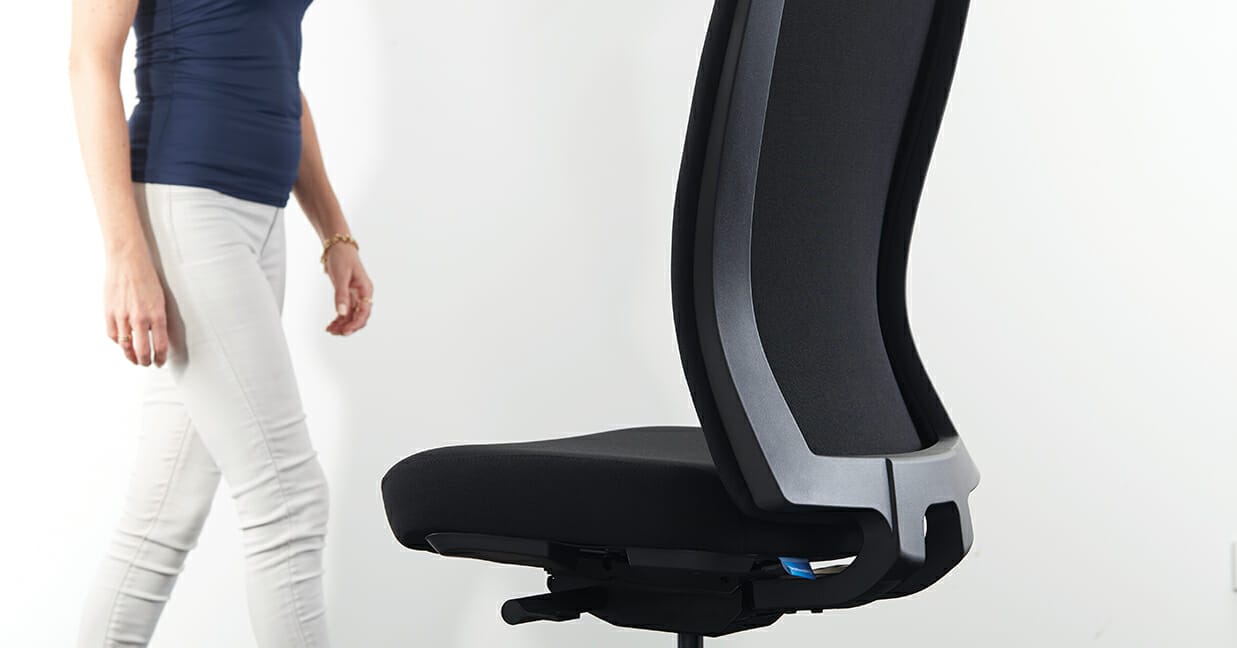
The Buro Mentor chair encourages movement through a synchronised mechanism.
How to manage microbreaks
It’s easy to make microbreaks part of your daily routine.
Every 30 minutes, (say, on the half hour and on the hour), take one to three minutes away from your desk and move around your office. You could even set an alarm on your phone to help you remember.
Don’t just stand up and stretch — get on the move. You could go and visit a colleague, walk up and down the corridor, hit the stairs, or grab a glass of water.
Think of some low-key, quick activities that can relieve stress, like a short walking meditation or listening to relaxing music.
For people with access to a private room (or those working from home), try some star jumps, light stretches or even a yoga pose to raise your heart rate and counteract the effects of being sedentary.
If you like standing up at your desk, some experts suggest following the 20-8-2 protocol: 20 minutes of sitting, eight minutes of standing, and two minutes of walking.
A couple of minutes on the move can make a huge difference.

Researchers have found that people who follow the 20-8-2 method have less musculoskeletal discomfort and physical fatigue than people who sit and stand without active movement.
How do microbreaks improve ergonomics?
Microbreaks can be hugely beneficial for your health, keeping the body active and reducing the risk of muscle injuries, aches, and strains in the workplace. Our bodies are designed to be on the move, and regular breaks keep your muscles and joints flowing.
“Exercise breaks speed up the recovery process by pumping fresh blood around the muscles and joints and effectively refuelling them,” says Andrew. “They also provide much-needed variation in the activity of joints, muscles and nerves. Postural variation, frequent moving between sitting, perching, and standing, can have similar effects.”
Regular movement goes hand in hand with ergonomics. It’s important to remember that not all chairs are designed for day-long use. Buro’s chairs come with an ‘indicative daily sitting’ guide, specifying how many hours can be spent on that chair each day.
Perfect chairs for microbreaks
Our range of ergonomic desk chairs is tailor-made for people who want a more active approach to office life.
The Buro Mentor is ideal for microbreaks at work. It features Buro Dynamic Intelligence™ technology that moves with your body to complement organic movement.
Supporting optimal posture and active sitting, the Buro Mentor keeps the body moving in a natural way, aiding your musculoskeletal system in between microbreaks.

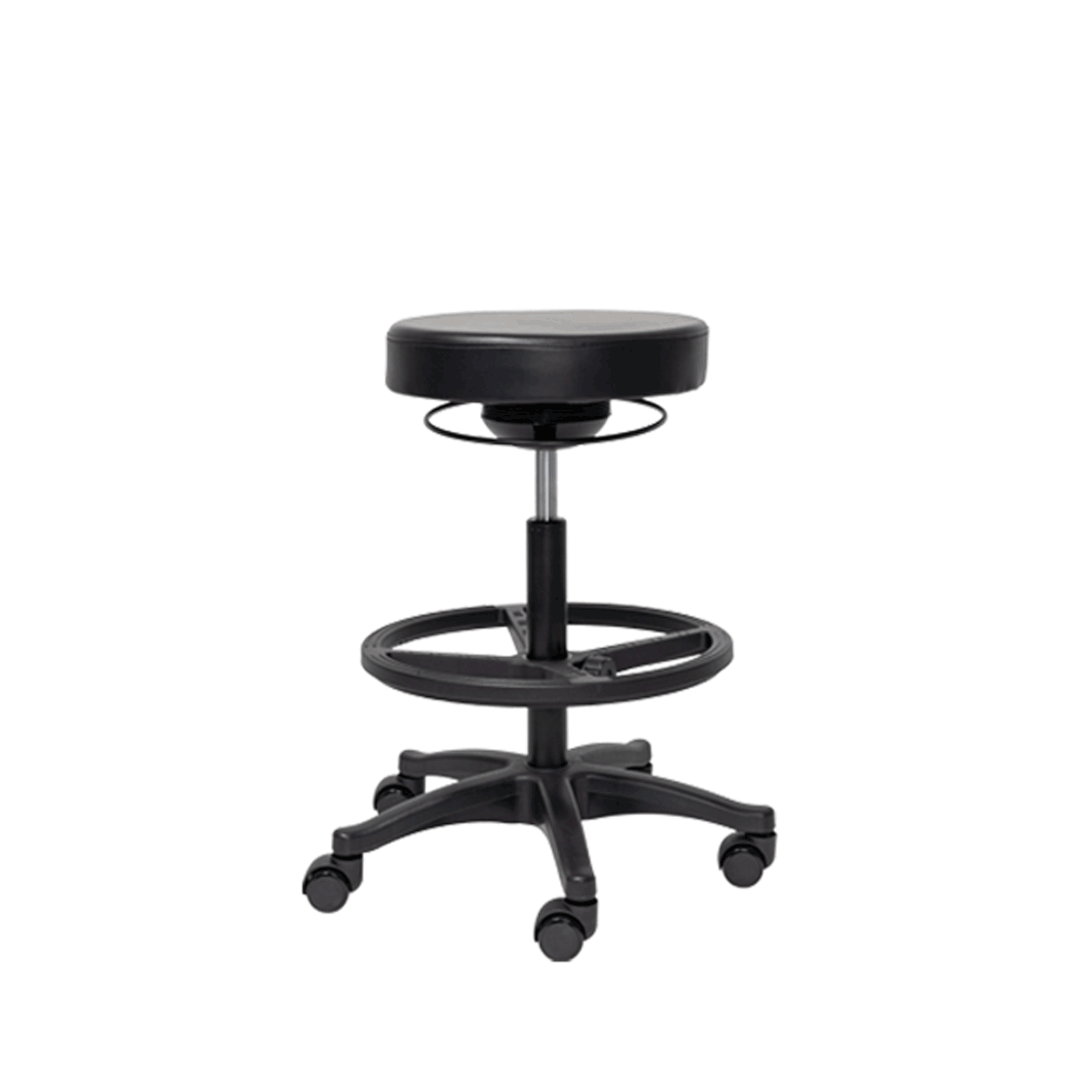
Furniture in social spaces can also deliver an ergonomic boost, and the Konfurb Halo ottoman is designed for informal collaborative work.
The Konfurb Halo is durable and functional, creating a stylish hub for employees to work together, share ideas, and socialise.
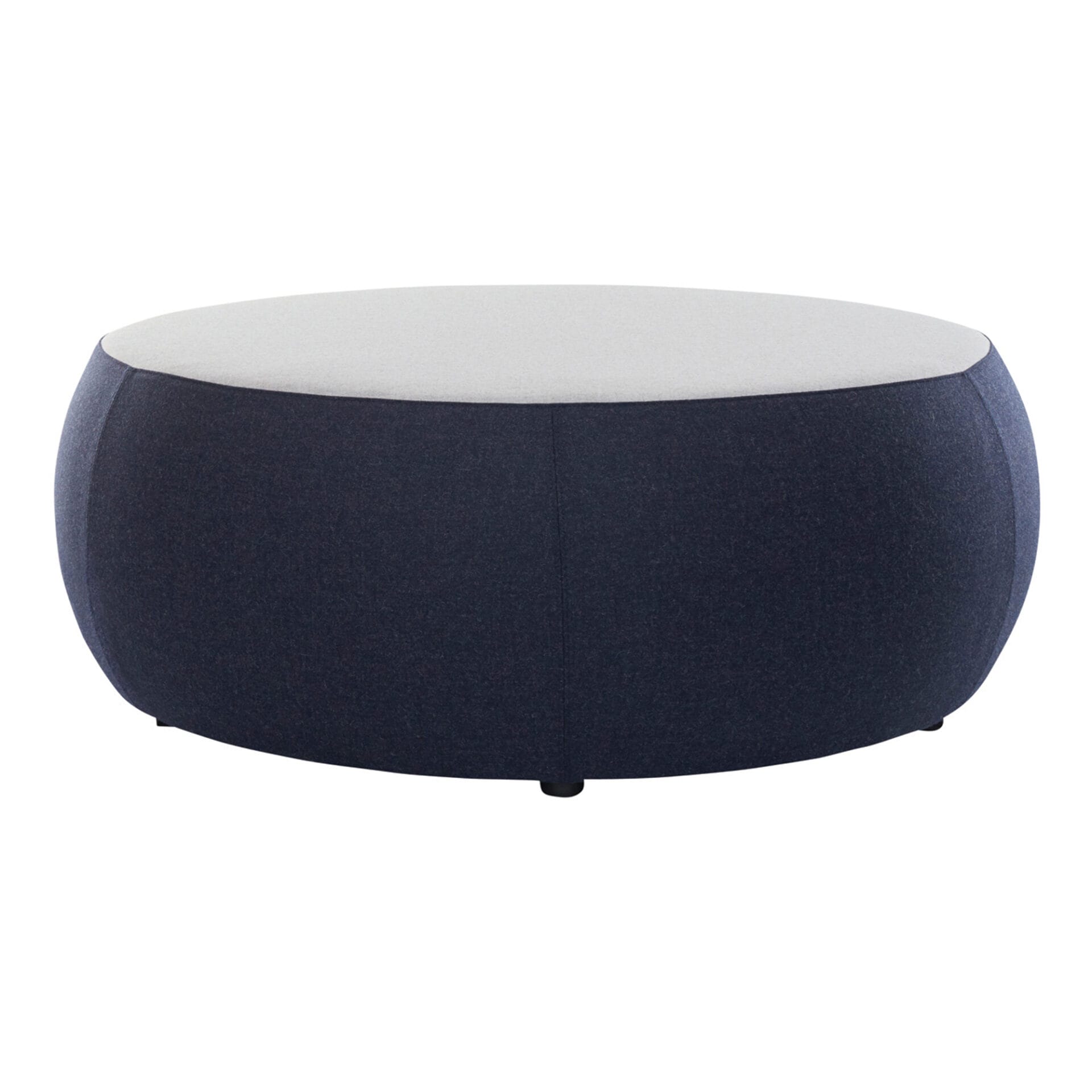
Microbreaks at work can be great for your body and mind, so give them a try. Check out our range of ergonomic desk chairs and stools that promote a more active lifestyle in the office: buroseating.co.nz/our-products
